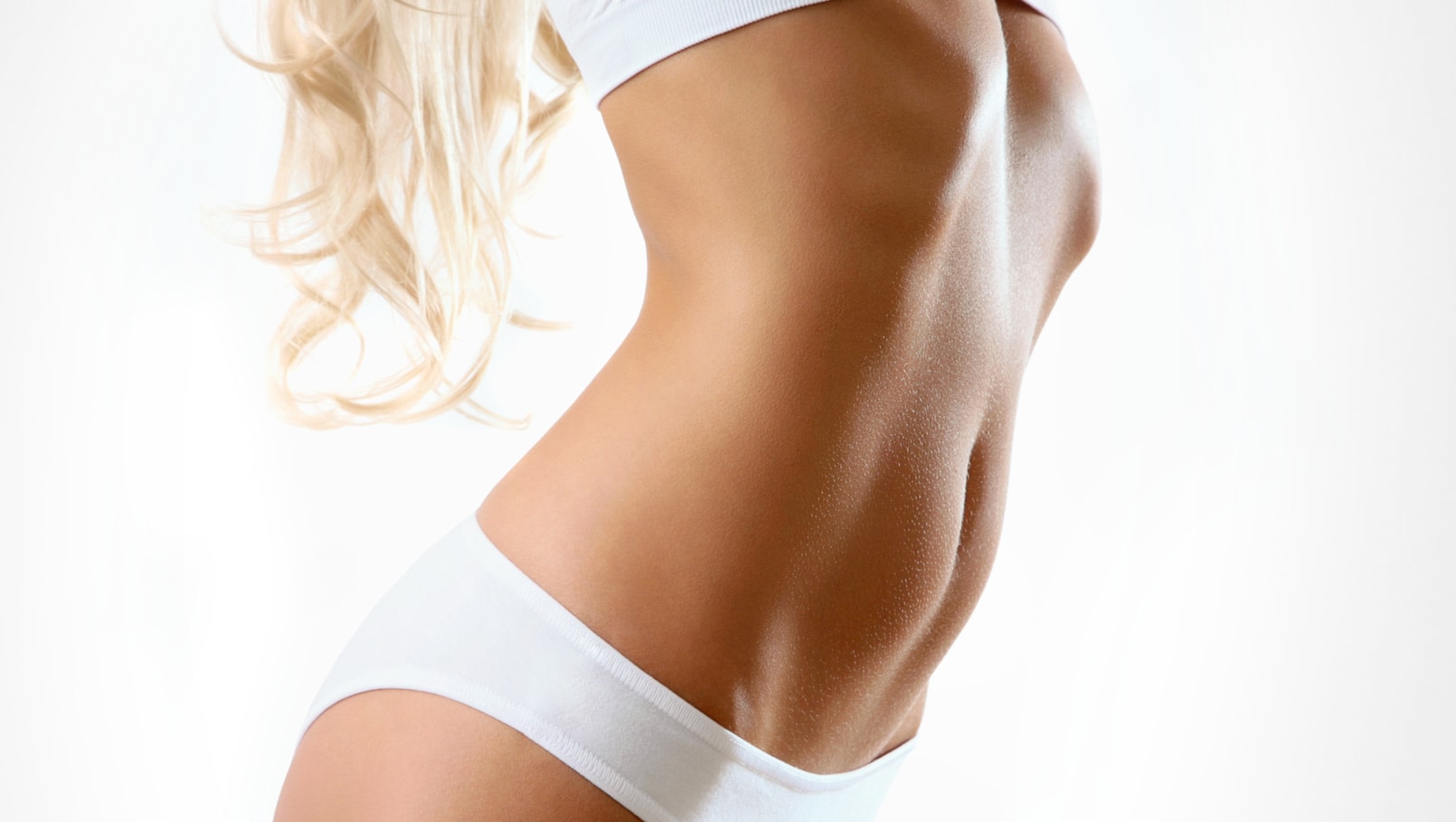
Liposculpture, otherwise known as liposuction, is a cosmetic procedure used to remove pockets of fat from various portions of the body to improve the overall contour of the body. Some of the most common areas for treatment include the abdomen, waist, thighs, hips, arms, neck, chin and bra line. Liposculpture is better described as the overall goal of liposuction. In other words, the goal is to sculpt the body and provide a more pleasing shape and better proportions.
A GOOD CANDIDATE for liposculpture is:
The following patients are NOT GOOD CANDIDATES for liposculpture:
Liposculpture is an outpatient procedure which is often performed under local anesthesia if only one area of the body is being treated. If more than one area is being treated, IV sedation may be more appropriate. The procedure can take anywhere from 60 minutes to 2 hours depending on how much fat is being removed, how many areas are being treated, and whether adjunct procedures such as BodyTite are used. The surgeon will infiltrate a tumescent solution into the fatty tissue. The fluid contains saline, lidocaine and epinephrine and helps numb the area and assist with breaking down the fat cells. One or two small incisions will be made in the treatment area and a small device with holes, called a cannula, will be inserted. The cannula is moved back and forth to break up the fat and to suction it from the body with a vacuum-like device connected to the cannula. The incisions are very small and generally heal as fine 3-4mm lines which are hard to see.
Liposuction with BodyTite
BodyTite is a relatively new and exciting treatment that can be used in conjunction with liposuction. It delivers heat in the form of bipolar radiofrequency energy which tightens the fibers which cause akin sagging. BodyTite has been found to be for more effective than laser at tightening loose tissues, particularly for arms, inner thighs, abdomens, and the area under the chin.
Liposculpture prices can range from $3000 to $4000 for a small area to upwards of $15,000 when large and/or multiple areas are treated. The cost can also vary according to the type of anesthesia used, the facility fee and the geographic location of the treatment.
RECOVERY after liposculpture depends on the amount of fat removed and the individual healing ability of the patient. When the procedure is performed with only local anesthesia or IV sedation, patients tend to recover a little quicker. The incision area will be covered with surgical pads and it is normal for fluid to leak from the site for the first 12-16 hours. The areas treated are generally covered by a compression garment which is removed after 48 hours, so that the patient need not deal directly with bandages and drainage. Patients can expect some discomfort, swelling and bruising after the surgery. This garment will be worn 24 hours a day until specified by the doctor. Swelling can last for several weeks, or months, but will resolve on its own.
There is a little bit of DOWNTIME after the treatment. Patients can usually return to work within 3-4 days, but should expect soreness and/or bruising for up to about 3 weeks.
Some results after liposculpture will be noticed immediately. However, the skin may appear loose since it will take some time to contract and adjust to its new shape. It is important to wear the compression garment, as directed, during the recovery phase to gain the most skin contraction and better results. Since it can take several months for the swelling to subside, and the skin to return to normal, the final results may not be reached until 6 months after surgery. The amount of skin shrinkage depends on the elasticity of the skin which is determined by age and genetics. While the fat that was removed can never come back, it is important for the patient to maintain a healthy diet since the existing fat cells can increase in size. Therefore, the results can be voided by weight fluctuation and/or pregnancy.
The risks involved with liposculpture include:
While diet and exercise should always be the chosen method for eliminating general fat reduction, some regions of the body are more resistant to this method and it is universally accepted that diet and exercise cannot “spot reduce” disproportionate fatty bulges. Liposculpture is the gold standard for eliminating fatty bulges and providing an improved contour that still appears natural. However, patients should choose a board-certified surgeon who is properly trained and skilled in performing liposculpture for the safest and best results. Choosing a board-certified surgeon who performs liposuction regularly, and without incident, will increase the success rate and decrease the potential risks.
Written by Cosmetic Town Editorial Team- MA
Based on an exclusive interview by Dr. David Rapaport in New York, NY